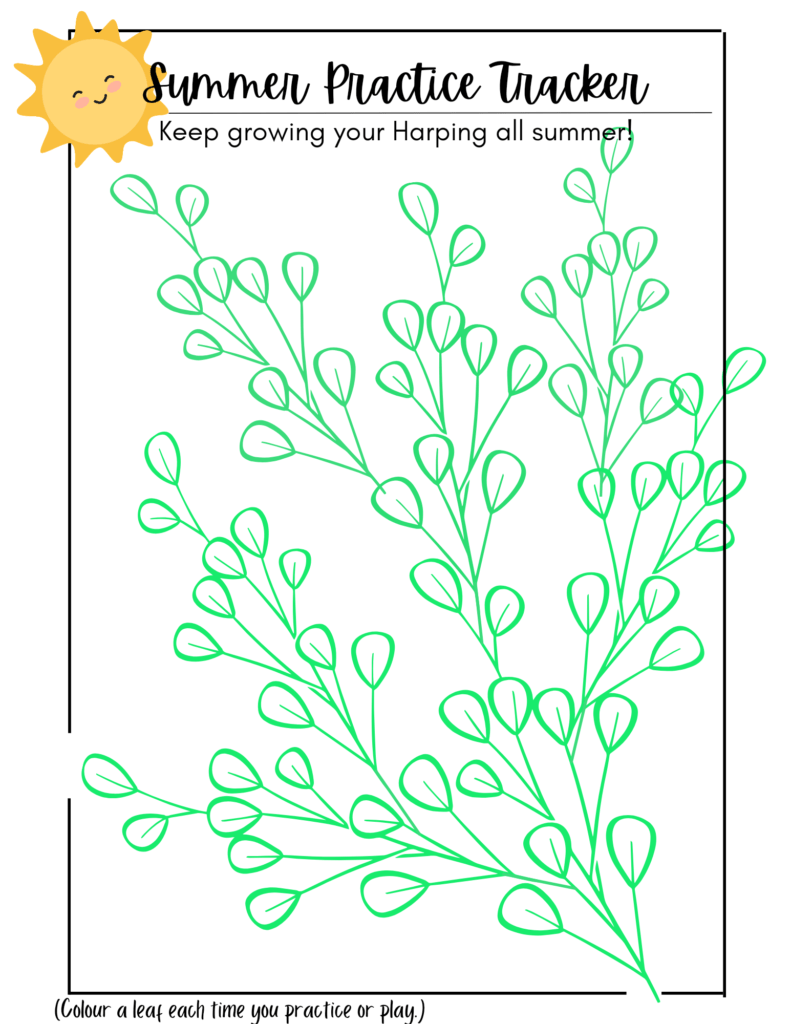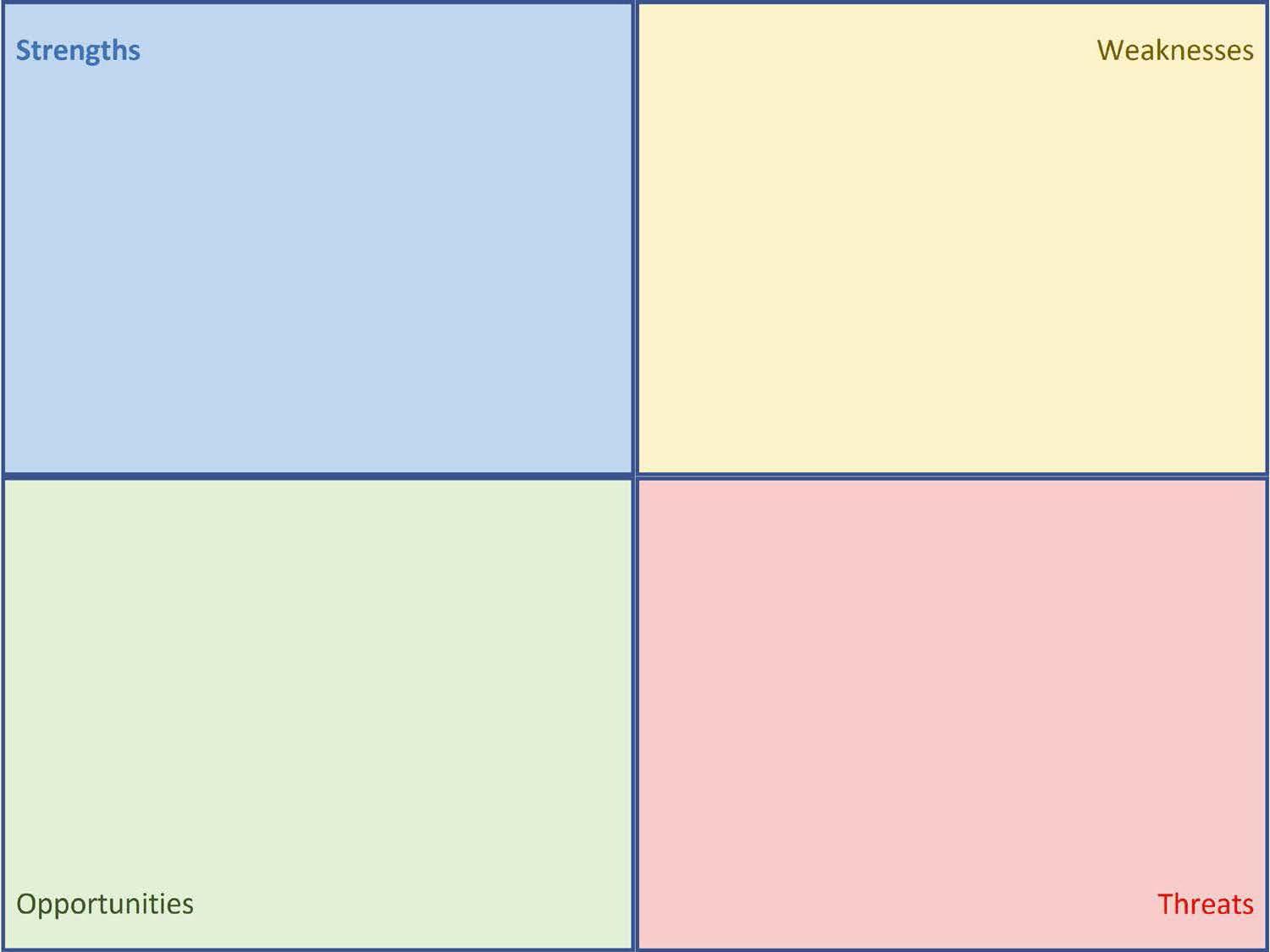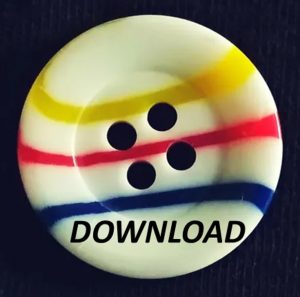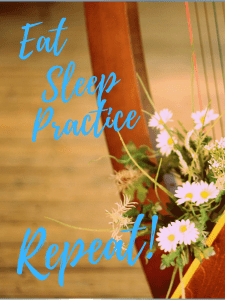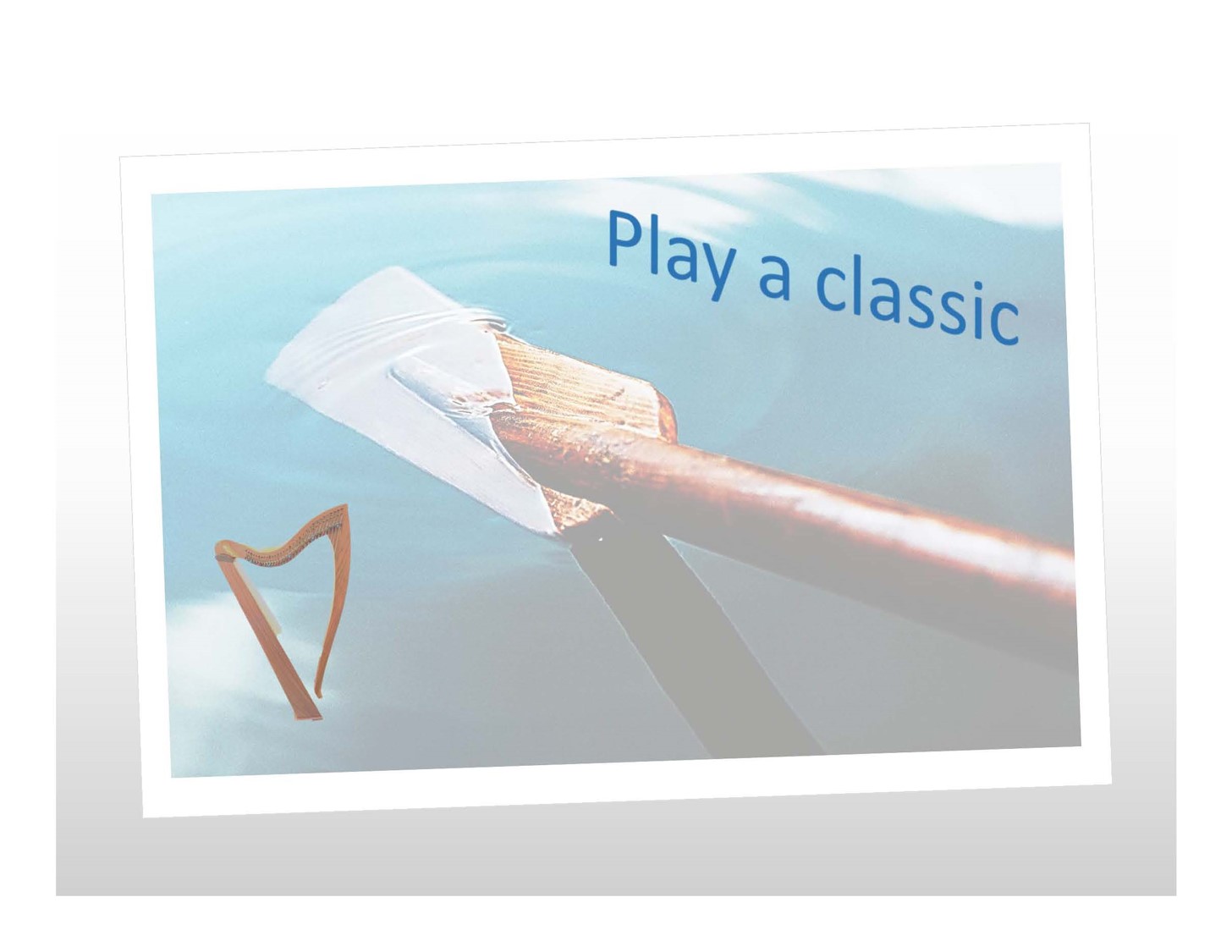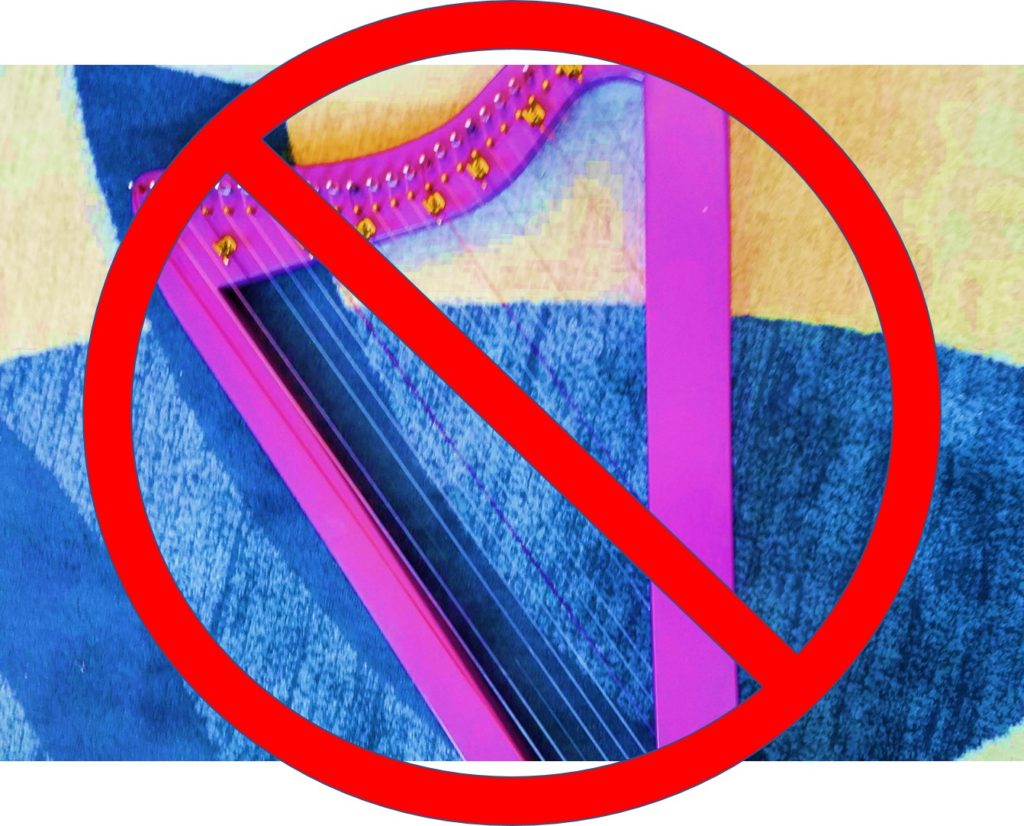I know you’ve all had “that week”. The one where a seemingly small thing throws a gorilla wrench into the works. I’d say monkey wrench, but the outcome is outsized and puts a crimp in your plans.
So this week, although I had planned a lovely and informative discussion about thinking, my laptop died on me. And frankly, while I’m grateful you’re reading, I’m not inclined to write that many words from my phone. So, we’ll table that discussion for now and instead, I’ll pass along something I can easily do with my (opposable) thumbs!🫱🫲
It is now summer, officially. We’ve passed meteorological summer, Memorial Day and here’s the Solstice.
I know summer is busy and fun and it’s easy to forget, “Did I practice today?” And in fact sometimes it becomes, “Did I touch my harp this week?”
So, my thumbs and I are pleased to present you with a fun Practice Tracker for the summer. Just click on the picture below and print it.
Each day you play or practice, color in a leaf. It’s that easy!
I hope this makes you smile, and leads you to intend to practice. At the end of the summer, I hope you’ll have leafed through it and found success (get it?).
I’m planning to start at the bottom and as I get closer to autumn, I’ll let the leaves start to turn color. Hope you’ll join me! Let me know in the comments.

